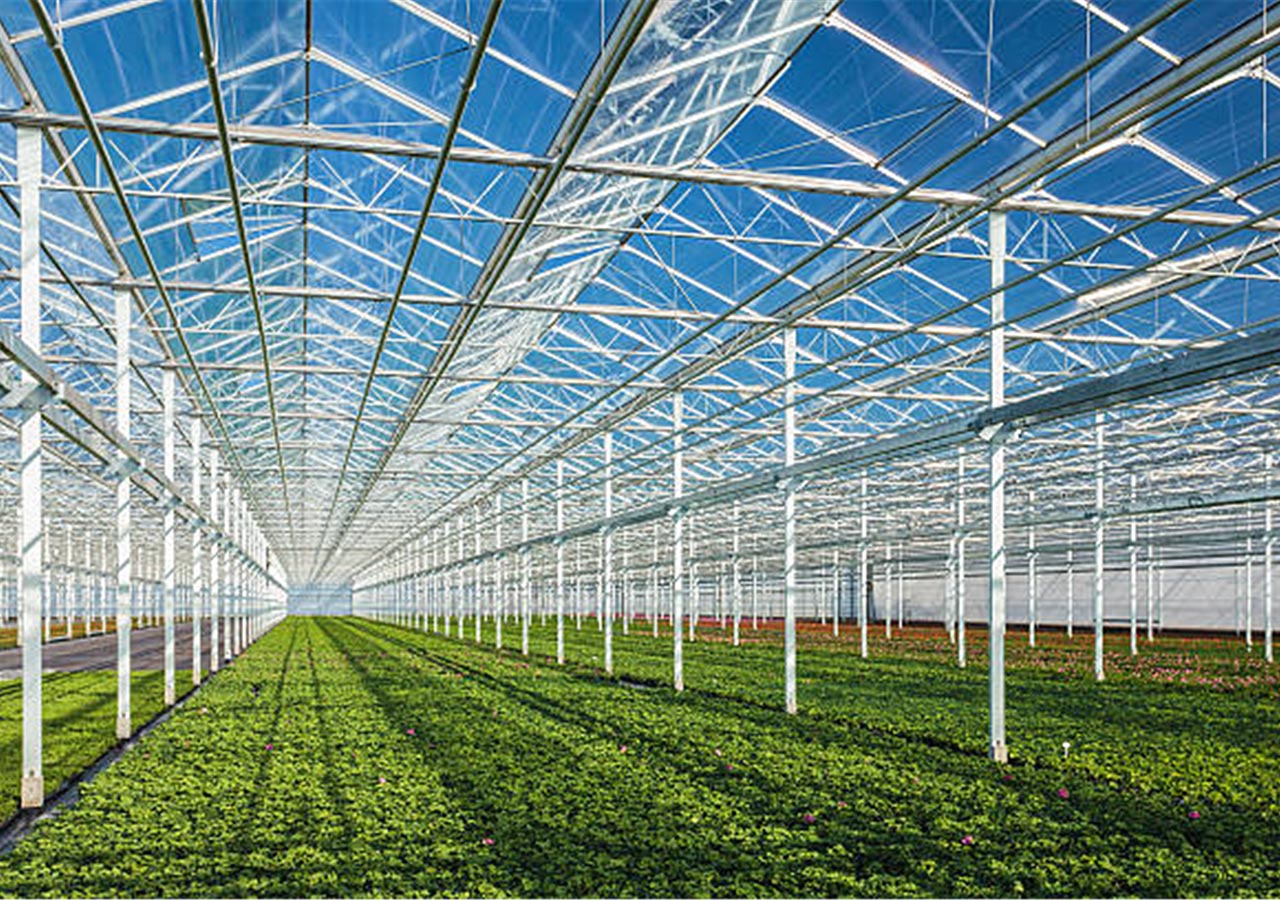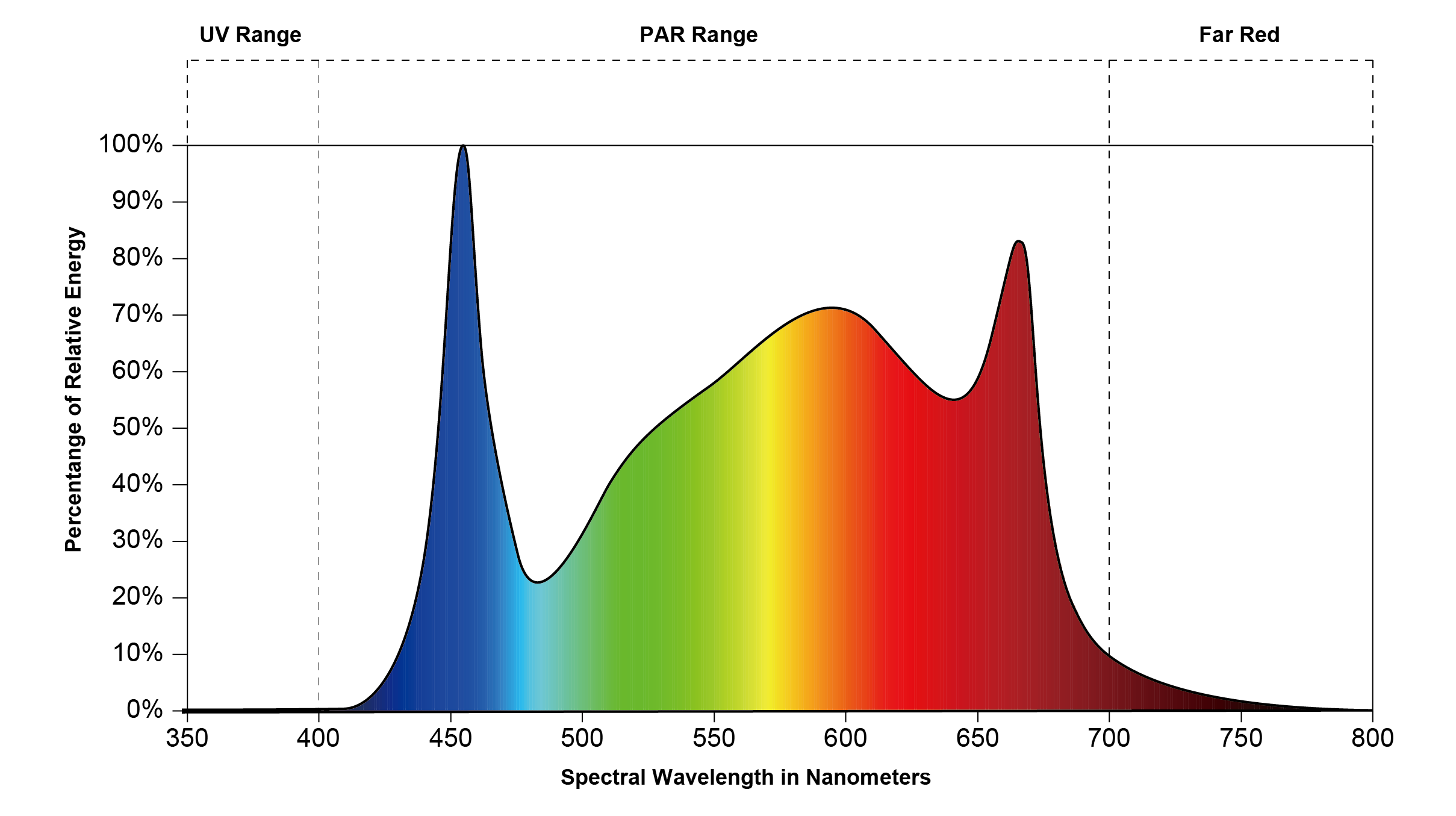What is Grow Light Spectrum?
A spectrum is the range of wavelengths produced by a light source. In discussing spectra, the term "light" refers to the visible wavelengths that humans can see in the electromagnetic spectrum from 380-740 nanometers (nm). Ultraviolet (100-400 nm), far-red (700-850 nm), and infrared (700-106 nm) wavelengths are called radiation.
As growers, we are most interested in the wavelengths associated with the plant. The wavelengths detected by plants include ultraviolet radiation (260-380 nm) and the visible part of the spectrum (380-740 nm), including PAR (400-700 nm) and far-red radiation (700-850 nm).
Greenhouse and indoor environments differ when considering the spectrum used for gardening. In an indoor environment, the spectrum of light you grow will account for the total spectrum received by your crops. In a greenhouse, you have to take into account that your plants receive a combination of growing light and the spectrum of the sun.
Either way, the amount of each band your crop receives can have a significant effect on growth. Let's learn more about how it works.
How Does Each Light Spectrum Affect Plant Growth?
While the results depend on other factors, there are some general rules of thumb you can follow when using spectra to elicit different plant responses.
The use of each band for horticultural purposes is outlined below so that you can experiment with spectral strategies in your own growing environment and in the crop variety of your choice.
While the results depend on other factors, there are some general rules of thumb you can follow when using spectra to elicit different plant responses.
The use of each band for horticultural purposes is outlined below so that you can experiment with spectral strategies in your own growing environment and in the crop variety of your choice.
Post time: Jul-01-2022





